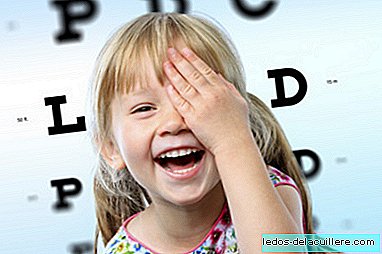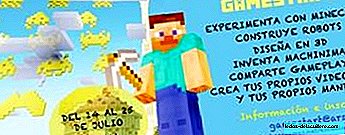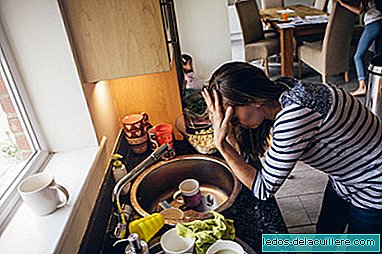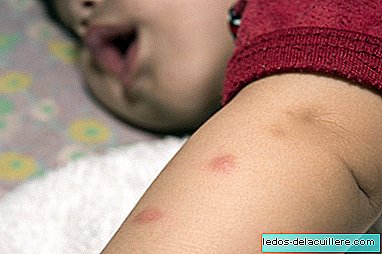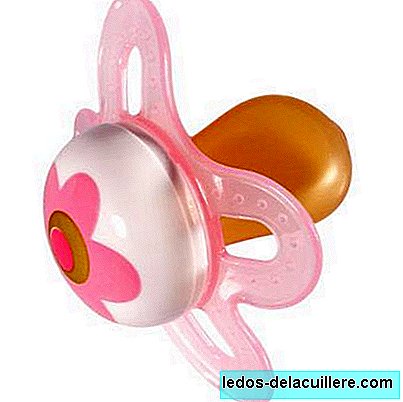
The pacifier is widely used today, and babies seem very comfortable with it, but for a few years its use has been embroiled in controversy. Are there more risks than benefits with the use of the pacifier? Is it more recommended in non-breastfed babies? When should they be removed?
Given the current controversy, the Breastfeeding Committee of the Spanish Association of Pediatrics has, in light of the evidence currently available, a review of the issue in relation to breastfeeding.
From this work we extract the following recommendations on the use of the pacifier, which although they are mainly aimed at health professionals, can give us an idea of the state of the matter today.
- In breastfed newborns it is better to avoid the pacifier during the first days of life and not advise against it when breastfeeding is well established, usually from the month of life, age at which the risk of sudden infant death syndrome begins.
- Exclusive breastfeeding should be recommended during the first 6 months of life as a protective factor for sudden infant death.
- Professionals should know that sometimes the use of the pacifier is a marker that there are breastfeeding difficulties, so they must identify these situations and acquire the necessary skills to properly help mothers, both with the technique of breastfeeding and instilling confidence in themselves.
- In neonatal units in relation to painful procedures, if there is no possibility for the child to suck (remember the notion of tetanalgesia), pacifier suction should be offered as a method of non-pharmacological analgesia. The measure will be more effective if 0.2 cc of 20% sucrose is previously administered.
- In artificially breastfed children, the recommendation to use a pacifier is especially important as it has other characteristics that may increase the risk of sudden infant death syndrome (SIDS).
- Another of the tips, as we saw a few days ago, is to withdraw the pacifier a year of life, when most of us think they are not yet "prepared." This would be so to avoid other adverse effects of the pacifier, once it has exceeded the risk period of SIDS and has a lower need for suction.
- Health professionals should know that, in addition to the pacifier, there are other maneuvers to calm a baby, such as skin-to-skin contact and other non-nutritive suction methods.
- It is up to health professionals to provide parents with balanced, unbiased information on the available evidence of the benefits and harms of using the pacifier to help them make their decisions. Ultimately responsible are the parents.
The study ends by recalling that it is necessary to continue investigating to better understand the role of the pacifier in its possible interference with breastfeeding and to study the differences in its effects on different cultures and different women.
These are the AEP recommendations on the use of the pacifier, carried out after the analysis of the recommendations of other Scientific Societies and Institutions and the review of the evidence regarding the relationship between the use of the pacifier, breastfeeding and sudden death, although in these areas, research should also continue.


